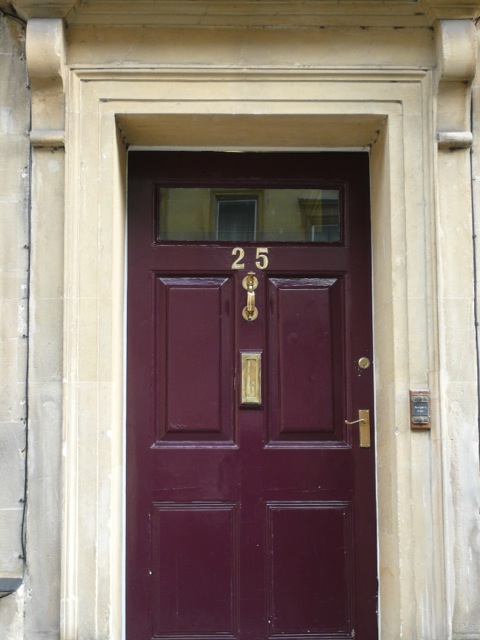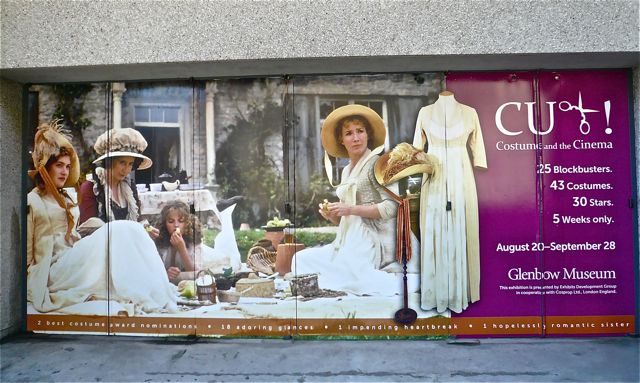One day in the future when I have to account for how I spent my time in the months of March to May, 2020, I will come up short for a better answer than cook, eat, read, watch, sleep and then repeat day after day, lockdown except for weekly essential groceries. I admit though, I take to such reclusive, stay-home life quite naturally, albeit I did miss the Pond.
You wouldn’t want to know what I cooked and ate during those months, but I can tell you the discovery and revisit I’d made at home.
The Great Courses on KANOPY
Kanopy is wonderful if you’re not into trendy pop culture movies and TV shows. The streaming service offers classic titles and worthy contemporary films, international in scope, and is free with your local library card or an academic library account. They also carry The Great Courses, numerous subjects to choose from covering a huge variety of interests.
I took two courses, both exemplify the word ‘edutainment’, academically sound and informative. One is “Reading and Understanding Shakespeare” taught by Marc Connor (professor at Washington and Lee U), the other is “Screenwriting: Mastering the Art of Story” taught by Angus Fletcher (Ohio State U). Both comprise of 24 videos. In the Shakespeare course, I learned over 40 tools to decipher the Bard’s plays, and from the Screenwriting course, how to build a story world.
There are many pleasant discoveries but there’s one I find most gratifying. Come to think of it, I shouldn’t have been surprised at all: Both lecturers have cited Jane Austen’s Pride and Prejudice, noting how Austen had used Shakespearean elements in her storytelling, and in turn, how her work had influenced modern day screenwriting.

To illustrate the tone of the Ironic Narrator, an ancient literary device dating back to the Greek and Roman satires, an example professor Fletcher uses is the opening sentence of Pride and Prejudice:
It is a truth universally acknowledged, that a single man in possession of a good fortune, must be in want of a wife.
The larger things of the cosmos, ‘universal truth’, is juxtaposed with that which is much smaller and singular, albeit such triviality may well have made up the cosmos of those who are parochial. Examples of such an ironic tone can be found in The Big Short, The Princess Bride, Fargo, and CSI. ‘All of them employ the same basic what and how of Pride and Prejudice, with their own little twists and tweaks.’
Maybe you’ve noticed I used the words ‘most gratifying’ with the pleasant surprise when I hear Austen being mentioned. Yes, Jane would turn in her grave to read what I’m going to write: it feels good to find someone, particularly a male with credentials, to confirm the value of her writing such that her work isn’t being seen as ‘just women’s novels’ or ‘chick lit’. Ugh… saying this is so unnecessary, for Austen doesn’t need to prove her worth among the ignorant. However, in this day and age, it takes movements and hashtags to confirm things that should have been valued. Misconceptions ought to be corrected.
Pride and Prejudice Revisited
(Audiobook cover image above)
So, after these two courses, I was all set to revisit my favourite Jane Austen novel, Pride and Prejudice. This time, I downloaded the Blackstone audiobook (2011) narrated by Carolyn Seymour, and listened to it twice back to back; this time, I enjoyed it more. Here’s my ripple stirred by the Bard himself:
Ah ha! Fair is foul and foul is fair
Darcy and Wickham as foils repel
Appearance and sweet words can ensnare
At last! Lizzy learns her lesson well.
Further, the famous ‘block to young love’ conceit, not blocked by an older character as in the Bard’s plays –– surely Lady Catherine de Bourgh is old but she’s no match for Lizzy –– but by the lovers’ own internal flaw, be it pride, or prejudice, or both. How satisfying to see the protagonists mature in their self-knowledge as the story develops, first Darcy then later Elizabeth, gaining clarity of their own true self. Not to mention how gratifying to see that figure of grace, Darcy, as he saves the reputation of the Bennet family with his own silent, altruistic plan all for the one he loves.
Well, what’s a staycation for if not to savour one’s favourite reads over again, doing nothing all day but just dwell in the story world without feeling guilty about time spent. I’m thinking it’s a little like being stranded on a deserted island, like Tom Hanks in Cast Away, and feeling lucky you’ve got Wilson as a companion, even when there’s no one to actually play volleyball with you.
***
Related Posts on Ripple Effects
I’ve written many posts on Jane Austen during the early years of blogging. Just put her name in Search you’ll find them. Here are some of my personal favourites:
Art Imitates Life, or Life Imitates Art, or…
In Praise of Austen: Virginia Woolf’s A Room of One’s Own
Here’s a link to my articles published in the Jane Austen Centre Online Magazine





























